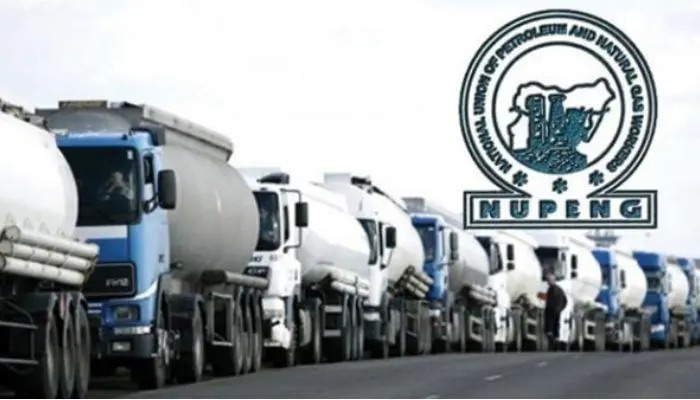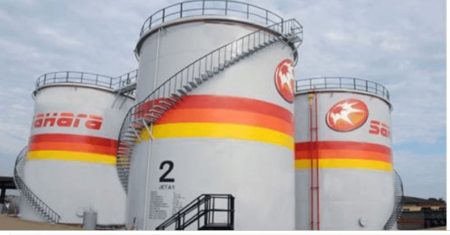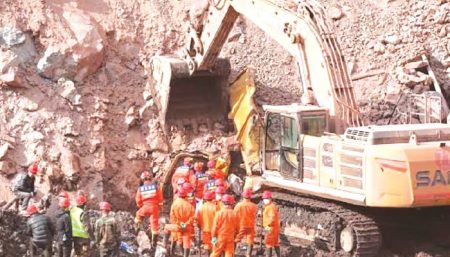The petroleum supply chain in Zamfara State, Nigeria, remained uninterrupted despite a looming strike threat by the Nigeria Union of Petroleum and Natural Gas Workers (NUPENG). Fuel stations across the state, including the capital city of Gusau, continued their normal operations, selling petroleum products at regular prices without any noticeable disruptions. Motorists were able to purchase fuel without encountering long queues or any other difficulties, indicating a steady supply and consistent demand. This stable situation contrasted with earlier anxieties surrounding a potential strike, which had prompted some motorists to preemptively fill their tanks. The absence of any actual disruption underscored a sense of calm within the state’s petroleum sector.
A closer examination of the situation reveals a disconnect between the national-level labor dispute and the ground realities within Zamfara State. While NUPENG’s threatened strike loomed large in the national consciousness, its impact was not felt at the retail level in Zamfara. Motorists like Malam Sani Ahmed, who had anticipated potential fuel shortages, expressed surprise at the normalcy they encountered at filling stations. This disconnect suggests a lack of communication or coordination between the national union leadership and its members operating within the state. It also raises questions about the extent to which the threatened strike was expected to affect different regions of the country.
From the perspective of fuel station operators, the business environment remained largely unaffected by the NUPENG dispute. Attendants at various filling stations, including Garba Musa at Danmarna Filling Station, reported having sufficient fuel stocks and experiencing typical levels of customer traffic. Their lack of awareness regarding the NUPENG-Dangote feud further reinforces the disconnect between the national labor issue and local operations. These observations suggest that the threat of a strike, at least in the context of Zamfara State, did not translate into any tangible action or disruption of fuel supply.
The overall economic activity in Zamfara State remained unperturbed by the potential strike. Commercial activities continued as usual, with many residents unaware of the brewing labor dispute. This lack of awareness underscores the limited impact of the threatened strike on the state’s economic fabric. The normalcy in Zamfara can be attributed to several factors, including the consistent fuel supply, the absence of panic buying, and the general lack of awareness about the NUPENG issue within the local population.
The situation in Zamfara State highlights the complexities of national labor actions and their localized impact. While a national strike can have significant consequences for a country’s economy, its effects can vary significantly across different regions. In the case of Zamfara, the threatened NUPENG strike failed to materialize into any tangible disruptions, highlighting the potential for localized resilience even in the face of national-level labor disputes. This resilience can be attributed to various factors, including local supply dynamics, the absence of panic buying, and effective communication within the local petroleum sector.
The experience of Zamfara State during the NUPENG strike threat offers valuable insights into managing potential disruptions in critical sectors. The state’s ability to maintain a stable fuel supply and avoid economic disruption underscores the importance of effective communication, efficient supply chain management, and a measured response from both consumers and businesses. These factors contributed to a sense of stability and normalcy within the state, despite the looming national-level uncertainty. The case of Zamfara provides a useful example of how localized resilience can mitigate the impact of national disruptions, even in essential sectors like petroleum supply.














